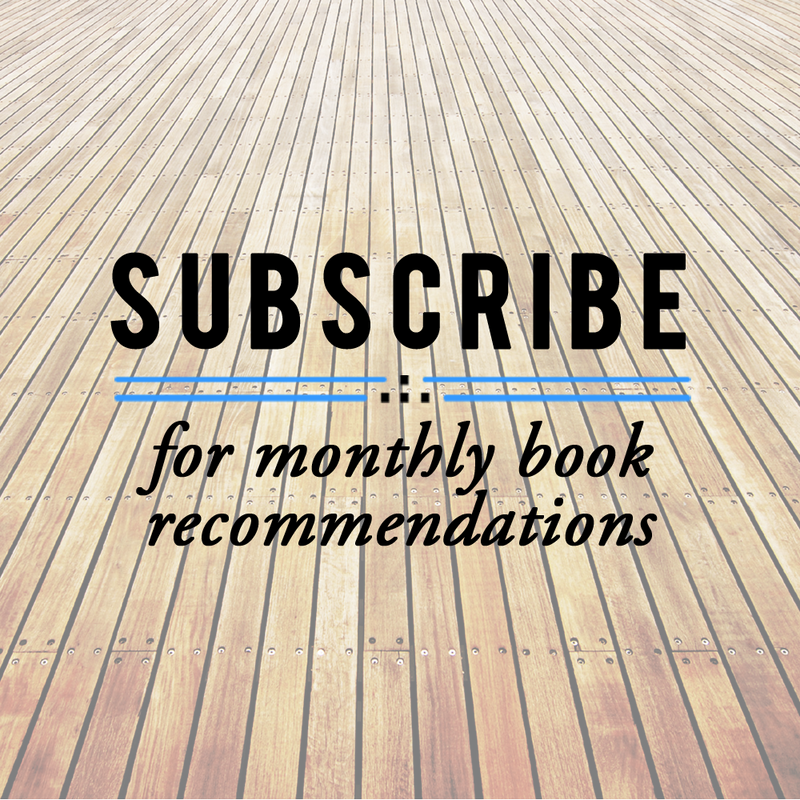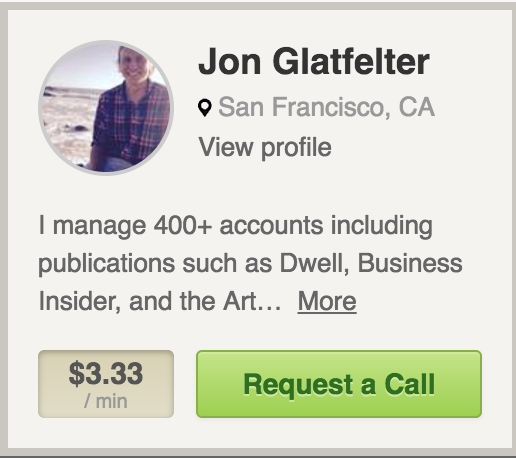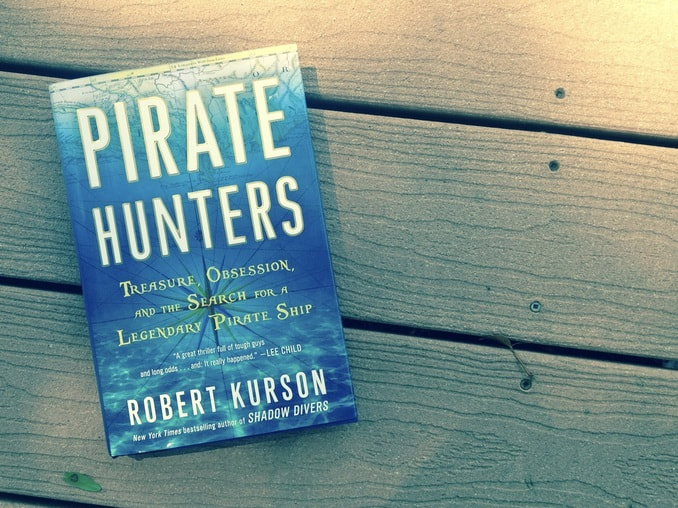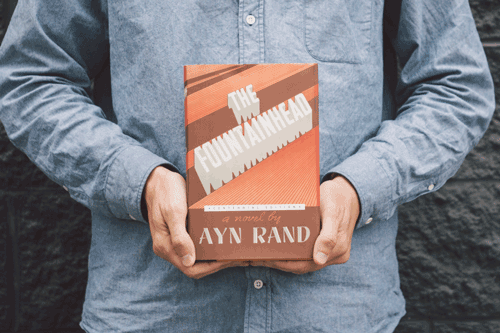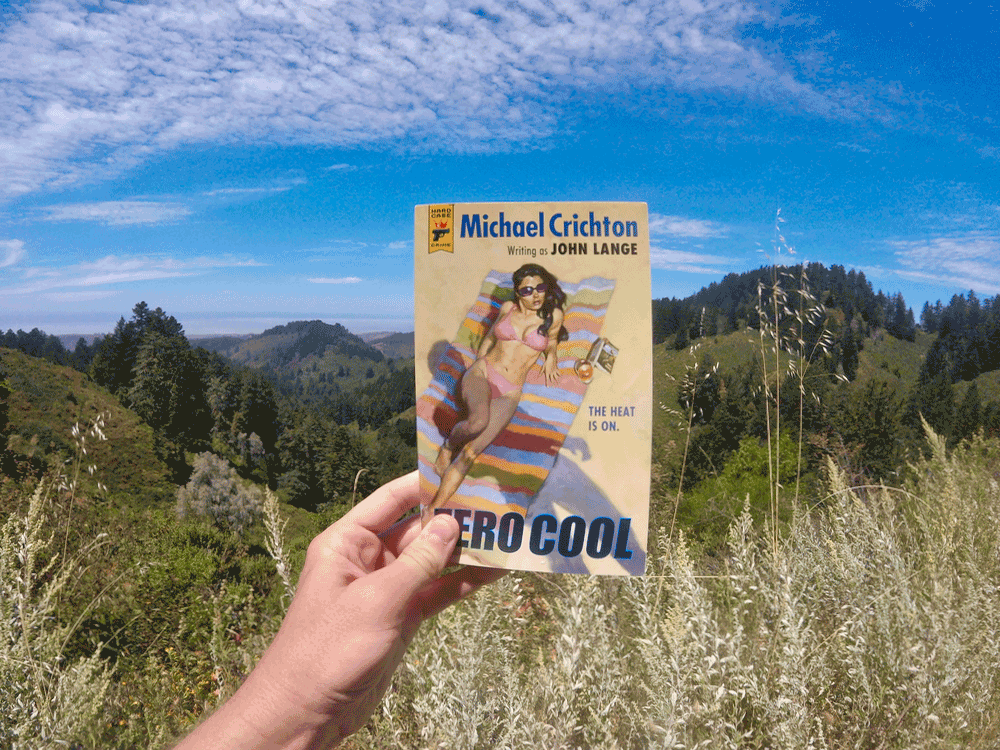|
SAVE OUR SOULS
Interview with artist Cyril Rolando AN ILLUSTRATED BOOK
OF BAD ARGUMENTS Ali Almossawi PIRATE HUNTERS
Robert Kurson BOOKS OF HUCKBERRY
Spring 2016 ZERO COOL
Michael Crichton (as John Lange) |
|
|
I've been reading a book a week for 15+ years. On here, I share my favorites, fiction and nonfiction alike, as well as interviews with authors, artists, and entrepreneurs I admire. If you'd like to join a family of 5,000+ creatives, subscribe for the Reading List, a monthly email round-up for plenty of leads on your next read.
|


